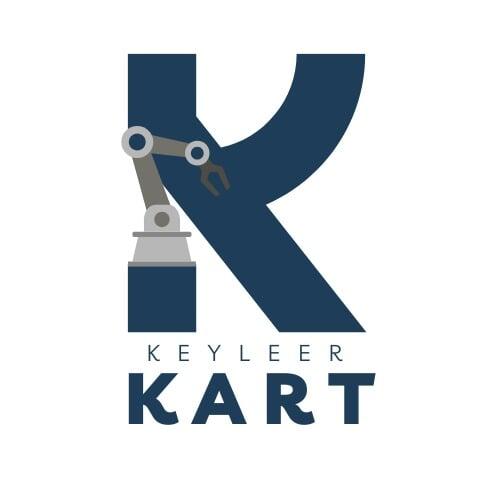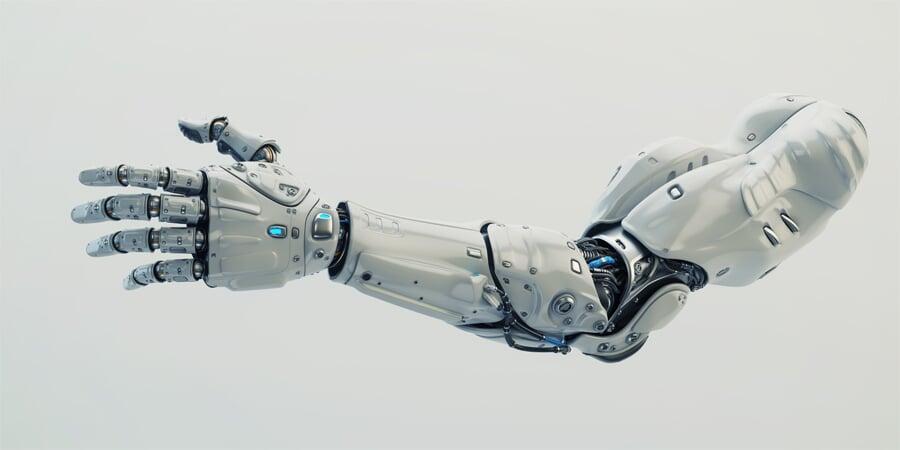In today’s rapidly evolving industrial landscape, robotic arms have revolutionized manufacturing processes, enhancing efficiency, precision, and scalability. These mechanical marvels, inspired by the human arm, play a crucial role in automation across various industries, including automotive, electronics, healthcare, and logistics. Let's delve into the intricacies of the robotic arm process and its impact on modern manufacturing.
1. What Is a Robotic Arm?
A robotic arm is a programmable mechanical device designed to perform tasks that mimic the motion and functionality of a human arm. Equipped with multiple joints and end-effectors, robotic arms excel in tasks such as welding, assembly, material handling, painting, and more.
2. Key Components of a Robotic Arm
To understand its process, we must first look at its main components:
∙ Joints and Links: These determine the arm's range of motion and flexibility.
∙ Actuators: Powered by electric, hydraulic, or pneumatic energy, actuators enable joint movement.
∙ Sensors: These provide feedback on position, force, and environment, ensuring precision.
∙ End-Effector: The tool or device attached to the arm that interacts with objects, such as a gripper or welding tool.
∙ Controller: The brain of the system, managing inputs, outputs, and overall motion.
3. How Does a Robotic Arm Work?
The robotic arm process typically follows these steps:
a. Task Programming
∙ Engineers use programming languages like Python, C++, or specialized software to define the arm's movements and actions.
∙ Advanced systems incorporate machine learning for adaptive and intelligent behavior.
b. Motion Planning
∙ Using kinematics and algorithms, the arm calculates the optimal path to perform its task without collisions.
∙ Path optimization ensures efficiency in real-time operations.
c. Execution and Feedback
∙ The arm performs the programmed task, with sensors providing constant feedback.
∙ Adjustments are made dynamically to maintain precision, particularly in tasks like assembling delicate components.
d. Repetition and Refinement
∙ Robotic arms excel in repetitive tasks, delivering consistent quality.
∙ Data collected during operations can refine future processes, improving efficiency.
4. Benefits of Robotic Arms in Manufacturing
∙ Enhanced Productivity: Capable of 24/7 operation, robotic arms significantly boost output.
∙ Improved Quality: High precision minimizes errors and maintains product uniformity.
∙ Cost Savings: Over time, automation reduces labor costs and wastage.
∙ Worker Safety: Robotic arms handle dangerous tasks, reducing workplace hazards.
∙ Scalability: Easily reprogrammable for different tasks, making them versatile for changing production needs.
5. Applications of Robotic Arms
∙ Automotive: Welding, painting, and assembling car components.
∙ Electronics: Precision placement of microchips and assembly of devices.
∙ Healthcare: Assisting in surgeries and producing medical devices.
∙ Logistics: Sorting and handling packages in warehouses.
6. The Future of Robotic Arms
With advancements in AI, IoT, and machine learning, robotic arms are becoming smarter and more intuitive. Emerging technologies like collaborative robots (cobots) are designed to work alongside humans safely, combining the best of human creativity and machine efficiency.
ConclusionRobotic arms are a cornerstone of modern automation, streamlining processes, and paving the way for smart factories. Their adaptability and precision make them indispensable in the quest for industrial excellence. As technology continues to evolve, the possibilities for robotic arms are boundless, offering endless opportunities for innovation and growth in manufacturing.





